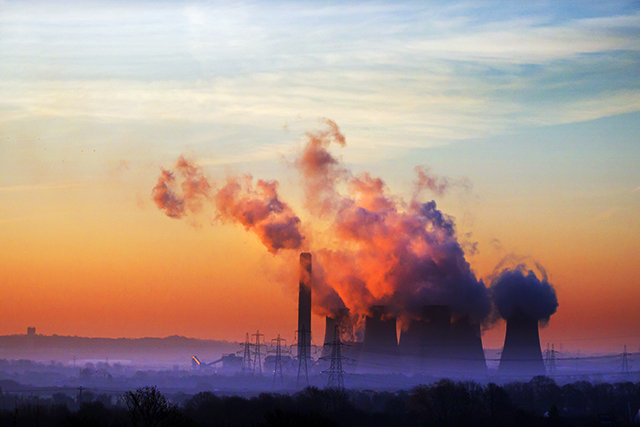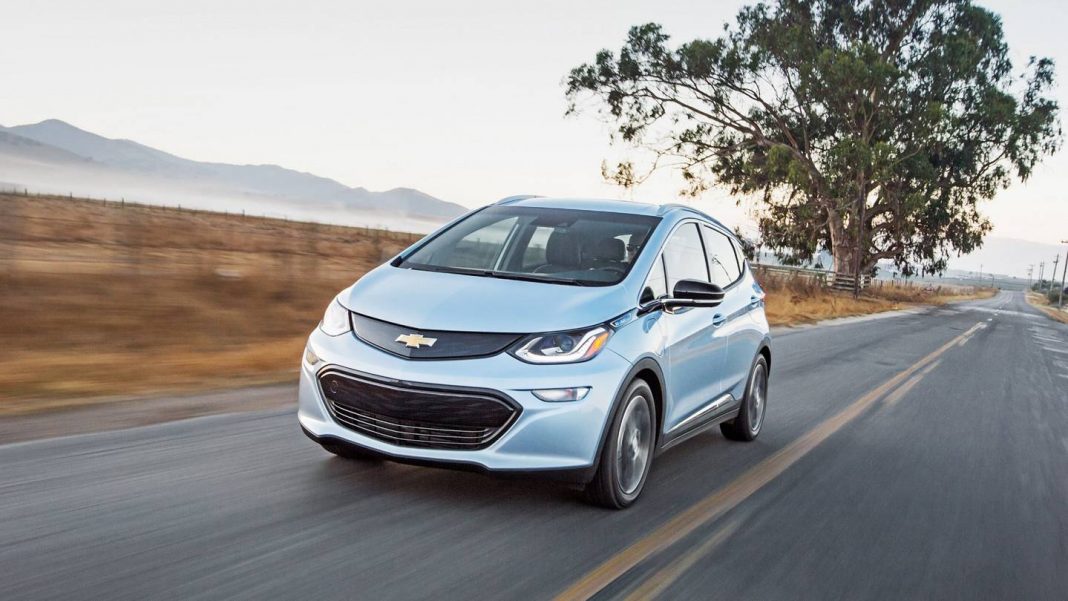As controversial as President Trump’s decision to withdraw from the Paris climate accord, it will not stop the clean-energy behemoth sweeping across the United States and already replacing the defunct coal industry. Because of the economic benefits of cheap renewables and natural gas, the switch to clean-energy is well underway and, by the end of his term, may allow Trump to claim he was a climate crusader after all.
First things first, there is no resurrection for the coal industry, no amount of denying climate change or backing out of the Paris Agreement can change that. Most utility execs will tell you that coal-based power cannot hold a candle to the profits or jobs provided by the wind, solar, or natural gas. The typically conservative states like Oklahoma and Texas are leading the charge already with their own fast-growing wind power industries.
Currently, the wind is one of the cheapest sources of energy in Oklahoma, Texas, and Iowa. Nathanael Greene, a director at Natural Resources Defense Council, says, “I don’t think any state has been quite as fast at blowing past their [wind power] goals as Texas has.”
In Texas alone more than 20 gigawatts of power is supplied by the wind, 5 times what they had in 2005, and show no signs of slowing as almost 6 more gigawatts are pending construction. Preventing 28 million metric tons of CO2 emissions and powering 5.5 million homes and businesses are not the only benefits of wind power in Texas either, its economy is benefitting too.
In the past ten years, Texas has invested at least $32 billion in various wind energy projects and employs over 25,000 workers while providing almost 13% of the state’s power. All because Texan landowners and ranchers can get rich as wind turbines are constructed across the state, replacing a previous love affair with oil and gas.
Similarly, Iowa is keeping up with Texas thanks to Warren Buffet’s MidAmerican Energy Company, a subsidiary of Berkshire Hathaway Energy. Wind XI, a $3.6 billion project, is installing 1,000 turbines to provide 2 gigawatts of electricity, which will light up over 8000,000 homes and business in the very near future. MidAmerican is slated to supply 85% of Iowa’s power needs no later than 2020, once and for all closing the lid on the future of coal in the state.
Furthermore, Buffet said, in a letter Berkshire Hathaway investors, that government support for alternative energy, mainly via federal tax credits, is eating away any economic base for coal-powered and other traditional utilities. The former monopolies that kept prices steady are now facing healthy competition from solar and wind utilities and, if they continue to ignore or refuse alternatives, could be facing their own demise. While investors like Warren Buffet, who owns a combined 13% of American’s wind and solar power capability after investing $16 billion n recent years, are profiting more and more.
As renewables continue to become cheaper, and supported by already cheap and abundant natural gas, more and more coal plants are shutting down. In the last decade, 49 gigawatts of coal plants have closed, almost half of that in the last two years, as a report by Bloomberg New Energy Finance. Once you factor in increasing energy efficiency in homes and appliances, creating less consumption of cheaper energy, the death knell of coal industry gets harder to ignore and reinvigoration is unlikely.
Additionally, as coal plants close, the faster American emissions fall, and the more support is invested in clean-energy, keeping the trend booming and energy costs low.
While Trump knew the withdrawal would ignite anger from climate agreement supporters, his reasons were for economic purposes, to revive the coal industry, rather than blatant environmental harm. However, with the economic engines driving toward clean energy and away from coal, Trump will be unable to deliver on his promise to save coal power or the job loss of closing plants. Yet in 2020, the soonest the US can actually rescind the climate agreement, Trump could very well claim that we never needed the Paris accords because emissions declined anyway and the economy is stronger. He could come out the hero of the entire situation, even if held the press conference in front of the coal plants he didn’t save.
In the end, thanks to the subsidies and tax breaks begun by the Obama administration in 2015 and good through 2019, the clean-energy industry is well underway economically and is not likely to stop with such investors as Warren Buffet and the state of Texas. Could anyone go so far to call President Trump a climate crusader? Maybe, maybe not. But suddenly pulling out from the Paris agreement may not be as disastrous as supporters fear. The renewables revolution is only growing despite who may get credit for its success.
More News to Read
- It Appears Hydrogen Energy Isn’t Really as Green as Everyone Makes Out
- Researchers Come Up With New, Lean, Green, Power Generating Machine
- Is Reality Real or is it Simply An Illusion?
- A New Large Hadron Collider Discovery Adds Strangeness to the Already Strange
- Tesla Passed BMW in Market Value











